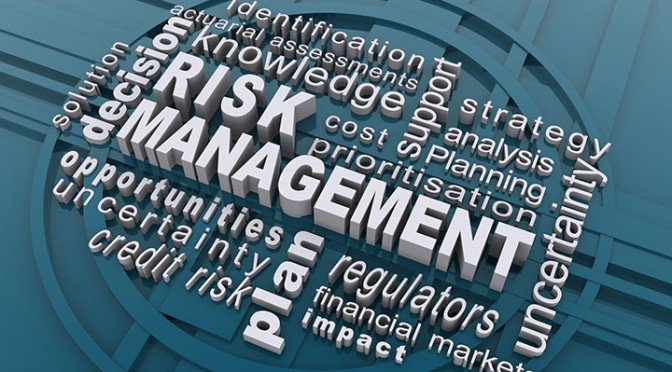The European Agency for Safety and Health at Work’s (EU-OSHA) 2014-2015 Healthy Workplaces Campaign is ‘Healthy Workplaces Manage Stress’. With this campaign, EU-OSHA—an organisation committed to making Europe a safer, healthier and more productive place to work—aims to raise awareness of stress and psychosocial risks in the workplace and encourage cooperation between employers, managers and workers to manage those risks.
EU-OSHA’s campaign highlights the corrosive effects of work-related stress, which develops when employees are unable to cope with the demands being placed on them. Work-related stress can be a significant cause of illness and directly contributes to high levels of sickness absence, staff turnover and a host of other problems, including increased errors.
Work-related stress does not discriminate—it can afflict anyone, and recent HSE research proves that work-related stress is widespread and is not confined to certain sectors, jobs or industries. A cooperative, population-wide approach is therefore necessary to successfully tackle work-related stress.
Symptoms of work-related stress are diverse—they range from mental health problems such as anxiety and depression to physical ailments like hypertension, heart disease and a weakened immune system. You can find a more comprehensive guide to signs and symptoms of work-related stress here: www.hse.gov.uk/stress/index.htm. If you are suffering from any of these work-related symptoms or see the signs in your employees, take action. Easing stress at an early stage can help soothe symptom severity or eliminate the stress altogether.
The benefits of recognising and lowering work-related stress are numerous. Less work-related stress translates to an improved return on investment in training and development, reduced costs of sick pay, and fewer accidents. Your business can even boost work quality by curbing work-related stress.
To help businesses gain these benefits and squash work-related stress, the HSE provides six management standards, found here: www.hse.gov.uk/STRESS/standards. These standards define the characteristics or culture of an organisation where the risks from work-related stress are effectively managed and controlled. They are:
- Demands – issues such as work load, work patterns and the work environment
- Control – how much influence employees have in the way they work
- Support – includes workplace encouragement, sponsorship and resources
- Relationships – involves promoting positive working to avoid conflict
- Role – whether people understand their organisational roles
- Change – methods for managing organisational change








